If you are a macOS user, then you have a very good experience with installing new applications. In this case, Apple is betting on a rather specific method. You often install new applications from a disk image, most often with a DMG extension. But when we look at the competing Windows system, it takes a diametrically different approach with the use of simple installers that you just need to click through and you're done.
It could be interest you

But have you ever wondered why Apple decided on such a different procedure? On the other hand, the truth is that practically very similar installers are also available on macOS. These have the extension PKG and are used to install the application, where, as with Windows, you only need to click through the wizard and then the installation itself will take place. Although this newer approach is also offered, a large number of developers still rely on the now traditional disk images. Rather, a combination of them is used - the PKG installation package is hidden on the DMG disk.
Why apps are installed from DMG
Now let's move on to the most important thing and shed light on the very reasons why applications within the operating system are most often installed via the mentioned disk images (DMG). In the end, there are several reasons for this. First of all, we must definitely mention practicality, which results from the very structure that applications have within the macOS system. As users, we only see the icon and name, and these items carry the APP extension. However, it is actually a complete file of the entire application, which hides the necessary data and more. Unlike Windows, it is not just a shortcut or a startup file, but the entire application. When you go to Finder > Applications, you right-click on one of them and choose an option View package contents, the entire app will appear in front of you, including the necessary data.
The structure of applications in macOS resembles a folder that contains several files. However, transferring the folder is not entirely easy and you need to wrap it in something. This is precisely where the use of DMG disc images reigns supreme, which significantly simplifies transfer and subsequent installation. Therefore, the application needs to be packaged somehow for easy distribution. For this reason, you could just as well use ZIP. But it's not that simple in the end. In order for the app to work properly, it needs to be moved to the Applications folder. Therein lies another major advantage of DMG. This is because the disk image can be easily customized and graphically embellished, thanks to which developers can directly show what the user needs to do for installation. You can see how it might look in practice on the attached image below.

Finally, it is also a certain tradition. Just a few years ago, it was normal for users to buy apps physically. In that case, they received a CD/DVD that appeared in Finder/on their desktop when inserted. It worked exactly the same back then – you just had to take the app and drag it into the Applications folder to install it.
It could be interest you


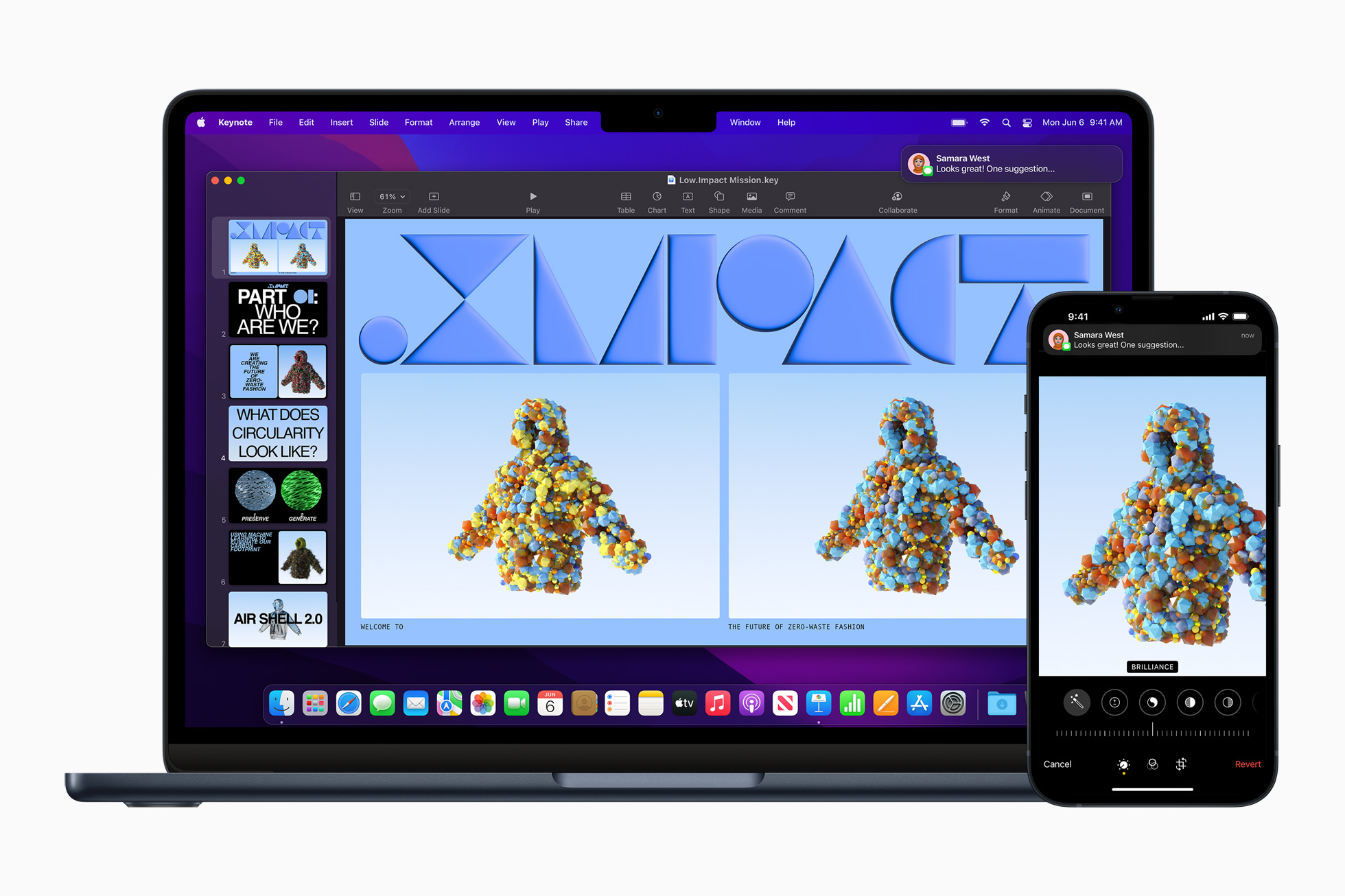
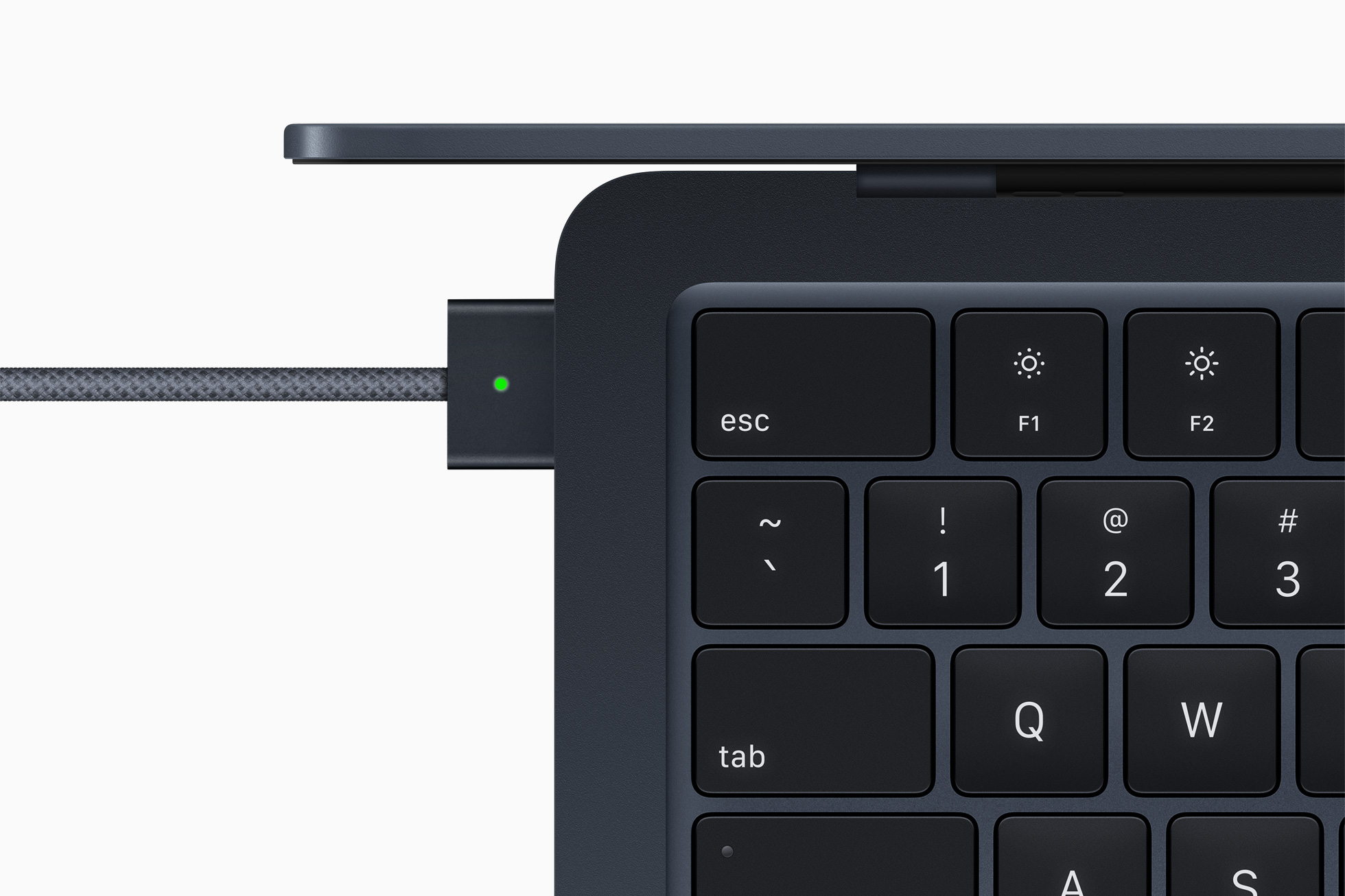
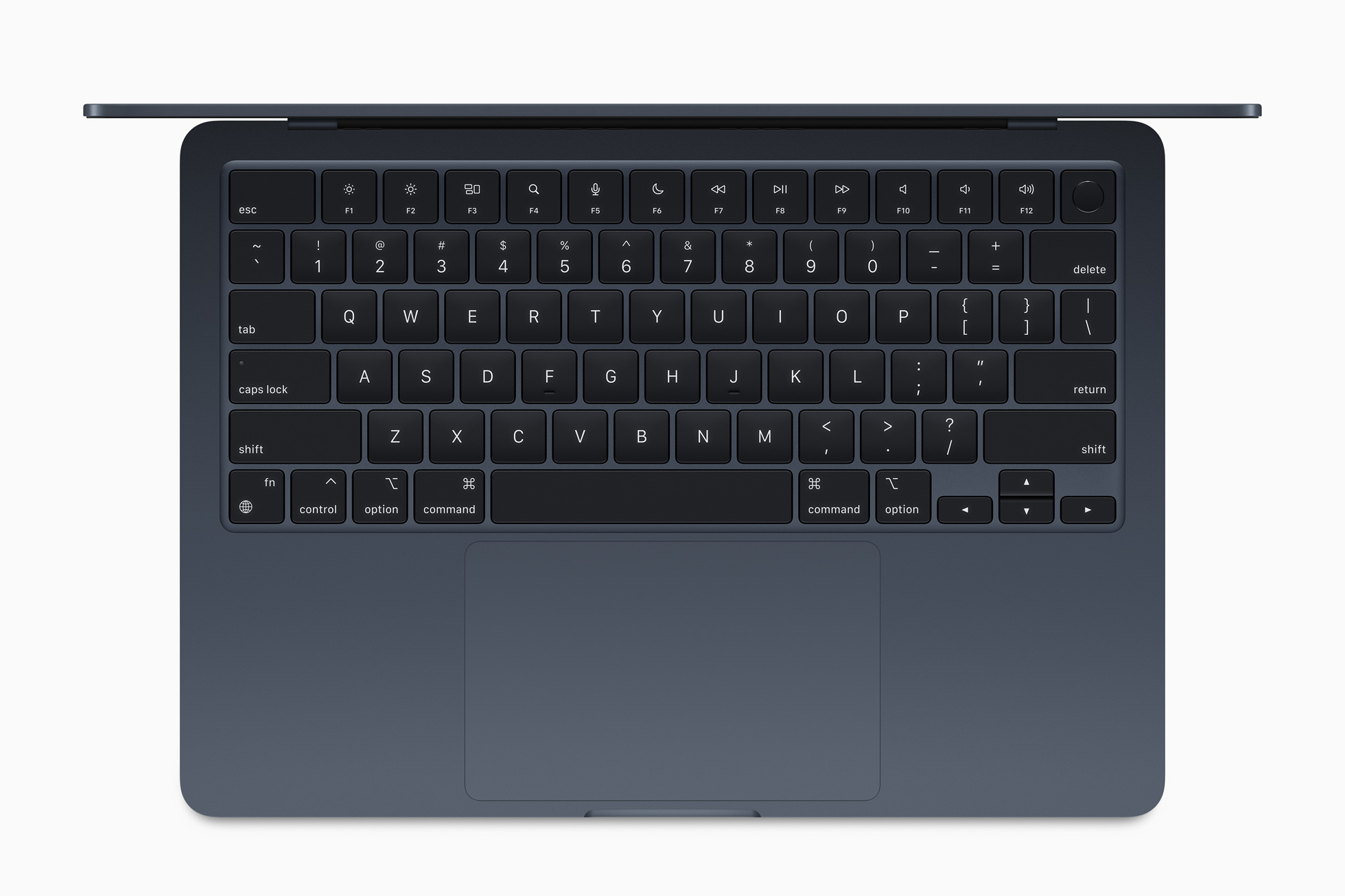

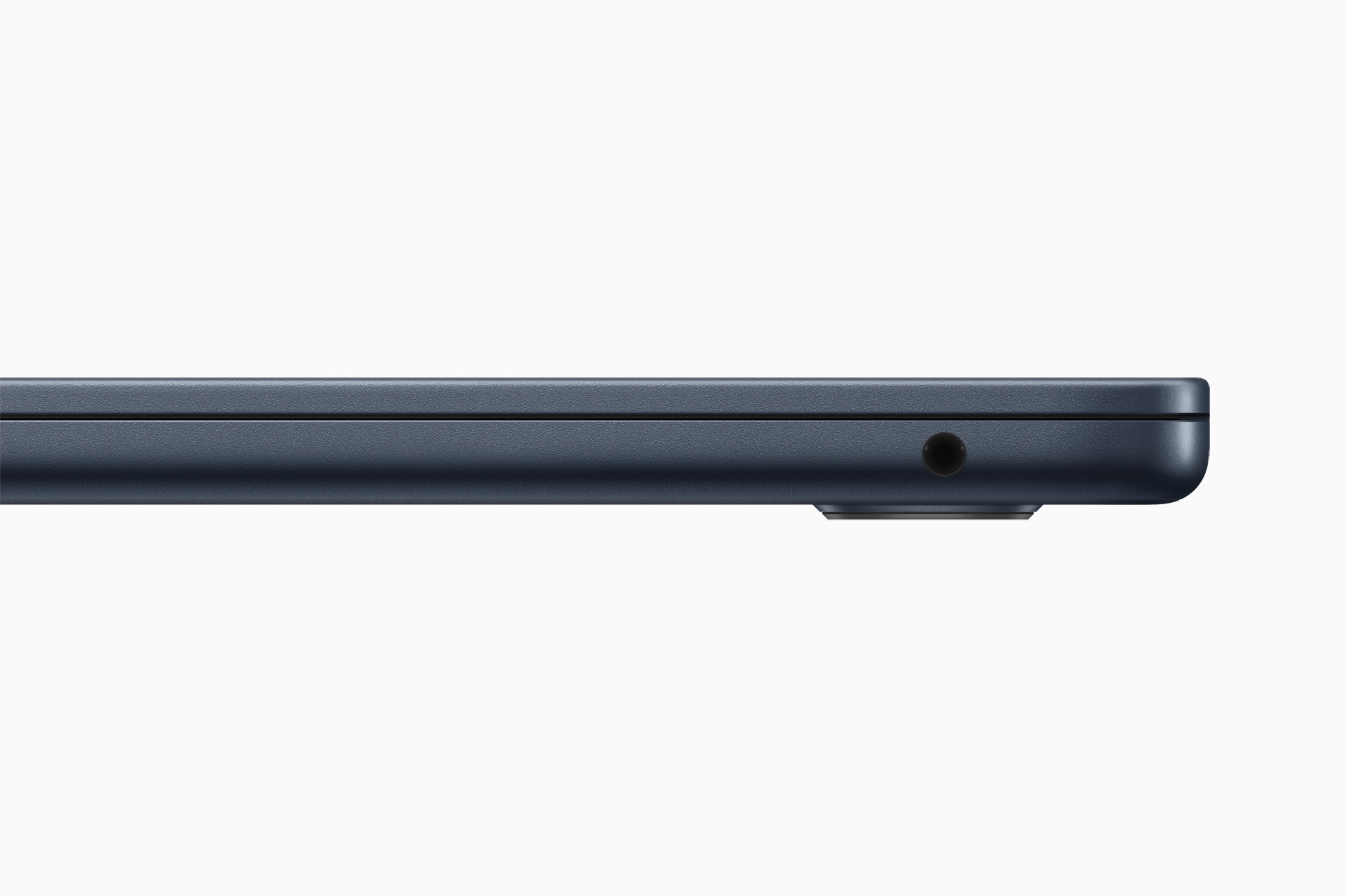
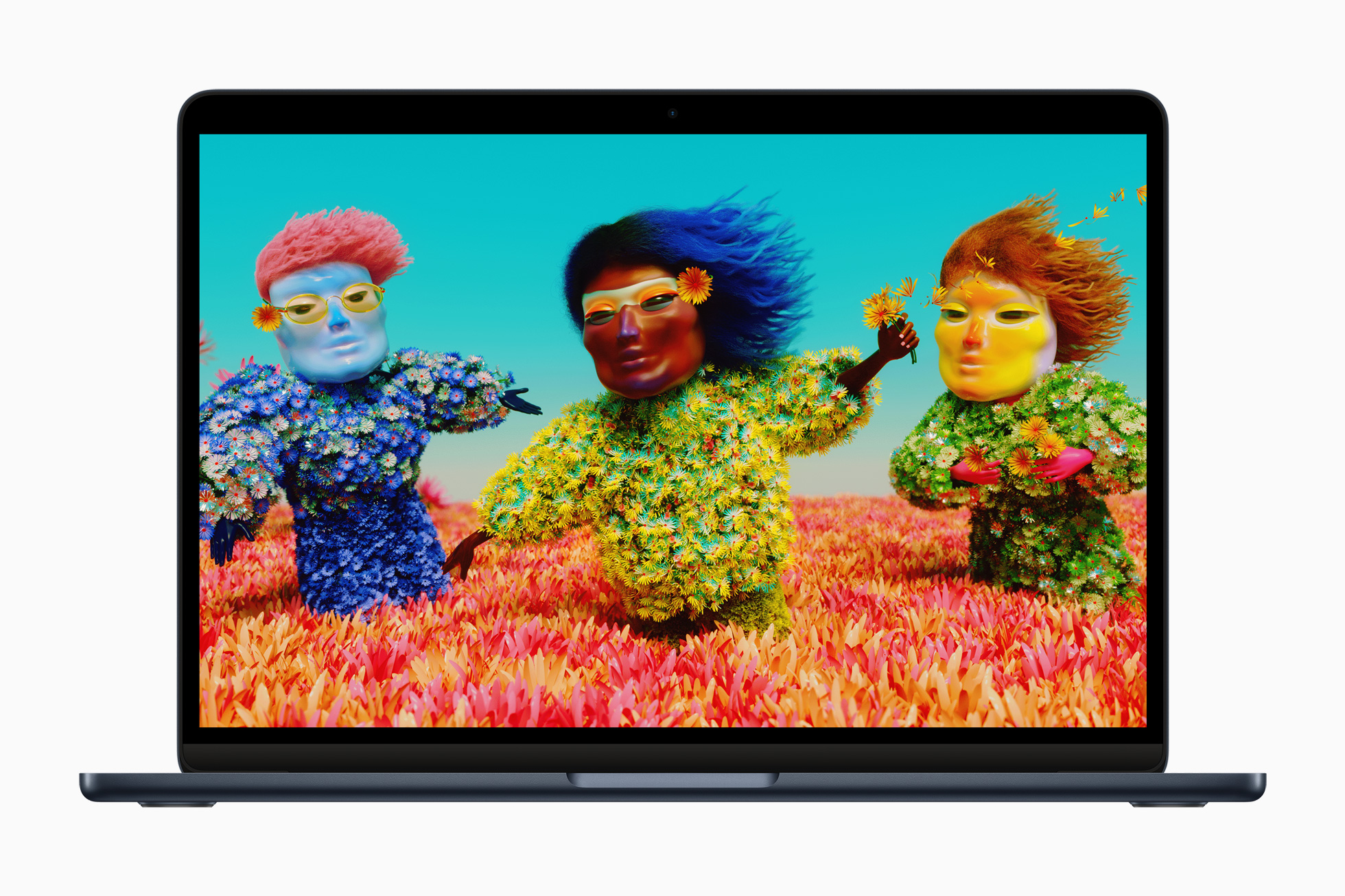
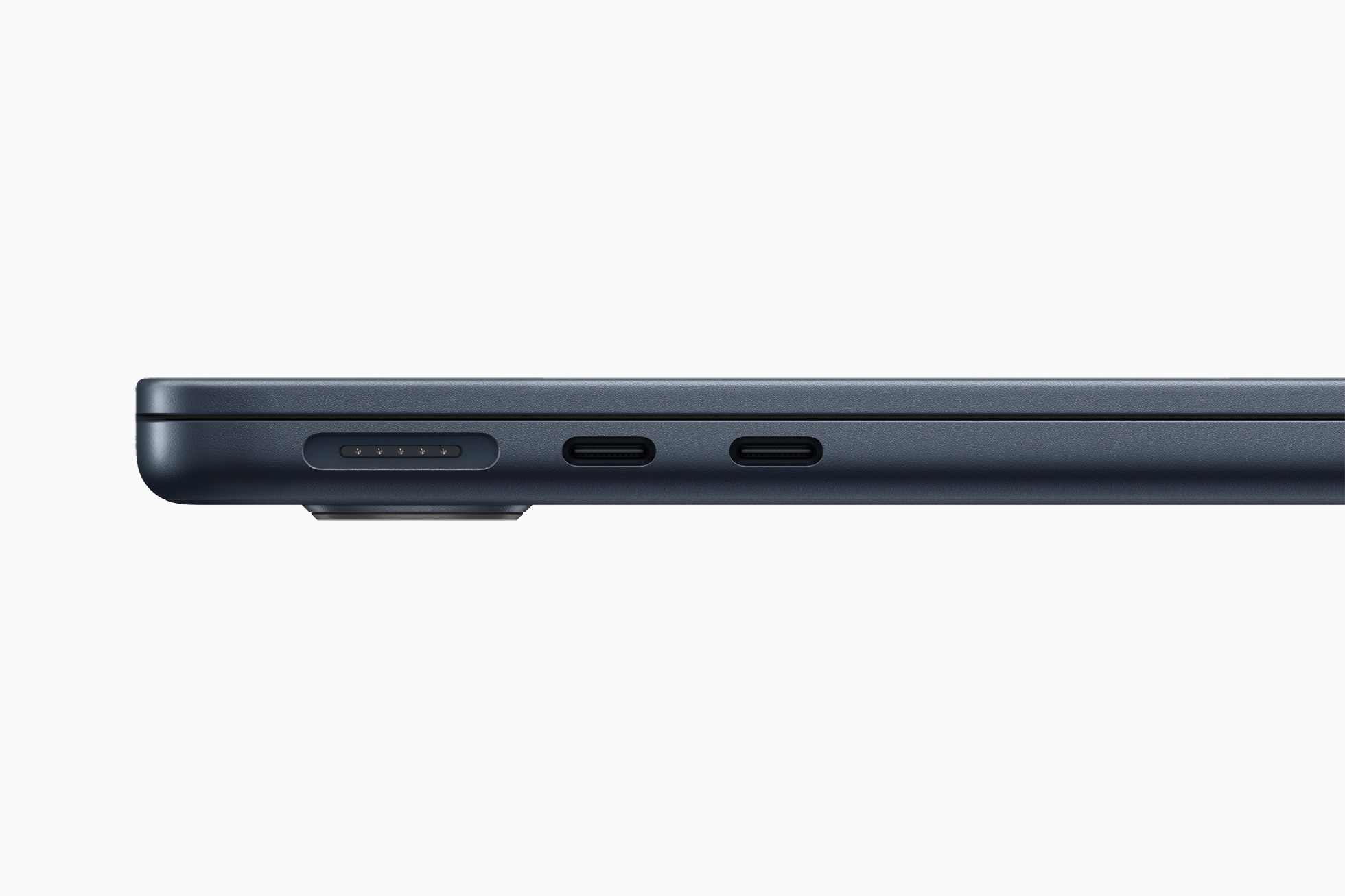
 Flying around the world with Apple
Flying around the world with Apple